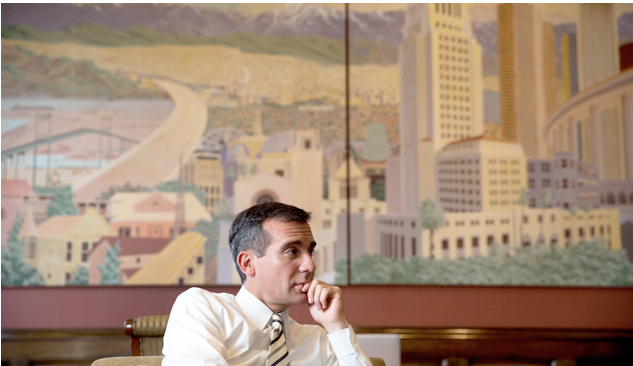ANIMAL WATCH-Priscilla Romero, a beloved and respected ten-year veteran Animal Care Technician (ACT) at LAAS North Central shelter, credits the heroic and selfless efforts of her coworkers with saving her life when she was viciously attacked by a Pit Bull on January 14. Without hesitation, they ran to her rescue, risking their own safety -- knowing they could also become victims.
The following is how Priscilla remembers this horrific event from her hospital bed, augmented by the emotional memories of shelter employees who were on duty that morning.
As is customary on Saturday mornings, there had been early visitors in the kennels looking at dogs for adoption or searching for lost pets. However, by around 10:30 a.m. members of the public walking in the kennels had diminished, leaving no one in the immediate area to hear Priscilla’s screams for help.
Priscilla entered a kennel at the back of the shelter which housed a female grey-and-white Pit Bull, named Cielo. She tried to isolate the dog in a separate area, but the mechanism to keep the metal gate lowered and in place was defective (as are many in the shelter, according to employees.) Since the dog seemed calm and was standing quietly near her, Priscilla scooped the feces from the floor and reached for the hose to wash the kennel.
Without warning, the Pit Bull lunged at her, clamping onto her right arm, disabling her from reaching her holstered radio to call for help and pulling her to the floor. The dog then attacked her left arm, tearing out large chunks of flesh and muscle.
Because of the loud barking of dogs alarmed by the attack, Priscilla's screams could not be heard at the front of the shelter where most other staff was working. Fortunately, two male ACT's were approaching the area at that time. They heard her cries and saw her covered in blood, struggling on the floor as the dog relentlessly bit and shredded her arm.
As they ran to her, one made a radio "distress" call for assistance. Other ACT’s and the Kennel Supervisor immediately rushed to help, calling 911 and bringing a "catch" pole. The first ACT's were trying unsuccessfully to physically separate the dog from Priscilla, but it kept circling back to attack her and charge them. The Supervisor then arrived with another employee and used the pole to capture the dog.

Seeing blood flowing profusely from Priscilla's upper left arm, Kennel Supervisor Garens Lloyd quickly used a dog leash to create a tourniquet and apply it tightly above her wounds. Two male ACT's removed their shirts and covered her arms to soak up the blood and also, so she would not see the severity of the attack.
Paramedics arrived shortly and commended Garens for his quick action. The doctor later said the tourniquet was done perfectly. One fireman commented that Priscilla’s injuries looked like a "shark attack."
Priscilla was admitted to the hospital in critical condition. She underwent emergency surgery that lasted over five hours. Both arms are bandaged from her fingers to her shoulders. From photos, it appears her entire left biceps are gone. She was hospitalized for six days and may need numerous reconstructive surgeries.
Where was Brenda Barnette?
No one from LAAS management visited Priscilla at the hospital, although shelter employees from the Valley to the Harbor came. GM Brenda Barnette called Priscilla’s cell phone the day after the attack, saying, “I’m checking in to see how you're doing” and left a short, awkward, dispassionate message, which did not include "I’m sorry this happened to you."
Brenda Barnette doesn't seem to think employee injuries are serious incidents. At the last LA Animal Services Commission Meeting on January 10, GM Barnette laughed as she described the injury to an LA Animal Services Officer attacked by an aggressive Pit Bull while responding to a call. She laughed again as she announced a second injury when the officer was later attacked by a 160-pound dog and had to fight for his life. This is not the first time GM Barnette -- who has no animal control experience--chuckled about an employee being attacked in the shelter or field.
LAAS Commission, Council and Mayor Also Ignore Dangers to Employees
The Commission, which heads LA Animal Services, has never questioned Barnette's inappropriate reaction and dismissal of the dangers to her employees. Neither has the Commission, Councilman Paul Koretz, the SEIU union, nor the Mayor's office insisted that corrections be made to many documented safety hazards at LAAS shelters or that faulty field equipment be repaired or replaced. LAAS employees are still driving 2001 and 2003 trucks that LA City's Director of Fleet Services, Richard Coulson reported to Koretz’ PAW Committee in Sept. 2015 were “falling apart."
Another example of faulty equipment and poor management was the attack on a night-shift female Animal Control Officer, who responded to a call about two attacking Pit Bulls in Eagle Rock. The ACO captured one of the 90-lb. dogs (later identified as American Bulldogs) but the other bit her leg and wrist causing serious bleeding. There was no ACO back-up on night shift, her radio emergency button “went nowhere,” and no one answered the shelter phone. Luckily, a witness called 911.
Attacks by Pit Bulls Available for Adoption
There are frequent reports of attacks by dogs with a recorded history of aggression adopted from LA City shelters, and numerous tearful accounts of pets being almost instantly attacked or killed. There is also a history of incidents involving humans:
"Cielo"
Cielo, the female Pit Bull that attacked ACT Priscilla Romero had two prior entries regarding aggression. Also, she was surrendered on Oct. 16, 2016, because she attacked other dogs. Still, she was being offered for adoption to the public. Since the real world is filled with “other dogs,” why isn’t known background information clearly described on a kennel card for prospective adopters to read?
On Oct. 27, ACT Romero wrote that the dog bit her finger, but didn’t break the skin. On Nov. 12 another ACT noted, "BE CAUTIOUS OF THIS DOG---DOG WILL GROWL, BARE TEETH AND TRIES TO BITE AS I’M TRYING TO OPEN THE KENNEL DOOR TO PICK UP EMPTY FOOD BOWL." Wouldn’t you want to know this before taking the dog home?
Keeping behavioral records in the computer only is unfair to employees, who do not have time to check each dog for new information every day. There is no method at LAAS kennels to discover that a new negative behavioral warning has been entered, as at other shelters. Could this be because euthanizing dangerous animals would belie Brenda Barnette’s and Best Friends’ “no kill” claims?
“Albert”
On Oct. 23, 2015, a stray blue-and-white male Pit Bull was impounded at the West LA shelter and named "Albert." On August 11, 2016, a man saw Albert and wanted to test his reaction to his daughter before adopting him. Albert seriously bit and injured the 8-year-old child, “… during an introduction to the family in the shelter’s play yard." A critical incident report filing was made.
A Jan. 14, 2016, note on Albert predicted problems: “This dog is an escape artist….I would use caution around this dog, requires a very strong handler. WILL BITE WHEN IN KENNEL.” Why was Albert offered eight months later to a family with a child?
On Aug. 30, 2016 -- nineteen days after that attack -- Albert was still at the WLA shelter, with the comment, “No owner information, no interested parties, no networking being done on Albert. Euthanasia scheduled.” Why was Albert still available for release to anyone after a critical attack on a child? And why are taxpayers paying for these prolonged stays for unadoptable animals?
“Sammy”
On April 28, 2016, a Pit Bull surrendered as “Sodam” (renamed “Sammy”) with-a-violent-history of repeated-aggression, and who had just bitten an LAAS kennel worker in the abdomen, was released to NovaStar Rescue at the personal instruction of LA Animal Services GM Brenda Barnette.
However, the Hayden Bill does not require the release of surrendered animals to rescues.
On May 15, 2016, LA Fire Department and LAPD responded to an unkempt home near downtown LA at approximately 9 p.m., where a Pit Bull was attacking a woman who “was visiting dog to determine if she wants to adopt from the rescue who had been fostering the dog.” That dog was later identified by LA Animal Services as Impound #1608123, “Sammy.”
Sammy was alive but had been stabbed 19 times by a neighbor who heard the victim screaming.
Warehousing Aggressive Pit Bulls
LAAS employees have expressed on-going concerns about prolonged warehousing of, especially, Pit Bulls, in the City's six shelters, where confinement and isolation increases the animals' hopelessness, frustration and aggression. Many of the Pit Bulls shown on the LAAS site have been caged for months or over a year. Why? These dogs are miserable. They are not adoptable and they take up space that could allow dozens of dogs to find new homes during that same period.
Nothing in California law requires dogs that have exhibited aggressive or dangerous behavior to be offered for adoption to individuals or families where they may attack/kill humans or other pets. But Brenda and Best Friends are determined to reach a metric called "no kill." If the dogs die from injuries or illness, they are not counted in the shelter's euthanasia stats.
Are dog attacks just "business as usual" at LA Animal Services?
Here is an email to Mayor Garcetti by an employee who was present when ACT Priscilla Romero was attacked. Although the writer’s name has been removed, the despair obviously is beyond caring about retaliation. This feeling is increasingly permeating Los Angeles Animal Services:
Date: January 14, 2017 at 12:04:24 PM PST
To: [email protected]
Subject: Dog mauling city employee
You have a serious problem within Animal Services starting and ending with Brenda [Barnette]. An hour ago a fellow employee was wheeled into the medical room, in shock, with a tourniquet on her left arm, pale as a ghost, and with tissue strewn across her chest. Employees also in shock, some crying. Paramedics responded quickly and rushed her to the hospital.
The lack of response of your office, the negligence, and the dereliction that starts as your responsibility is atrocious. You should be ashamed, as this person is a friend and a good employee. Our response from our AGM after being notified and asked to temporarily close the shelter, was that 'dog bites happen all the time.' To be clear there are dog bites, and I've bandaged them, but this was a mauling.
This mauling, as most are now a days, was predictable. You the mayor, with the goal of "save them all" have increased and, in fact, demanded that the nature of employee's being attacked, is acceptable. Our kennels are full, dogs are in inappropriate cages, aggressive dogs are held perpetually until our statistics show that we euthanized one less dog than last year.
Our general manager isn't here. Why not? If I firefighter was injured on duty, or an officer shot, would the commander tell them "buck up, it's a function of your job, get back to work?" Or would they show leadership and understanding and go to the hospital to personally show their condolences.
This department is ridiculous and it's happening under your auspices. This time around I imagine the city will be sued, as this dog has previous memos of its aggressive nature and was otherwise placed in a public area.
(Signed by employee)
I'm sorry if this is bad form, but I'm slightly traumatized by this as well.
Time for a Grand Jury Investigation
It is time for a grand jury to investigate why “no kill” is more important to the Mayor, Council and Brenda Barnette than protecting humans, ensuring the welfare of employees like Priscilla Romero, and safeguarding children and pets from aggressive/fighting-breed dogs. It also needs to determine the total cost of "no kill" to taxpayers.
A grand jury should audit how much money is being contributed to LA City political campaigns and/or elected office-holders’ charitable accounts by all humane organizations (including their for-profit and non-profit affiliates/partners) which have programs or contracts with Los Angeles Animal Services and which demand/encourage the very inhumane "no kill" agenda.
The focus of that myopic agenda necessitates the warehousing of aggressive/fighting dogs and other animals in city shelters despite documented evidence that they pose a safety hazard to employees and the public.
"No kill" garners big donations from those who don't understand the suffering of these caged animals. It is time to acknowledge the misery and dissect the underlying financial motivation.
(Phyllis M. Daugherty is a former City of LA employee and a contributor to CityWatch.) Prepped for CityWatch by Linda Abrams.

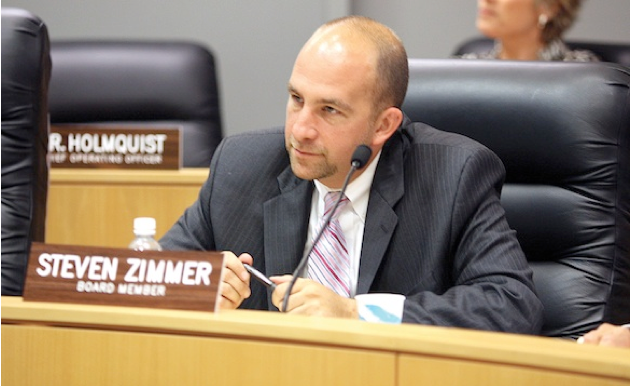

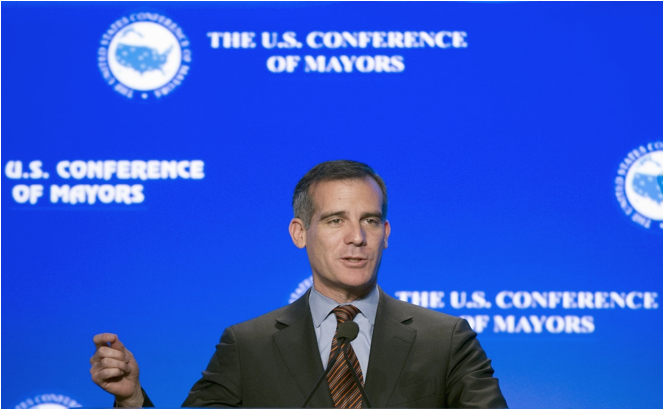


 We have the power to stop this administration from targeting communities of color and deporting millions of people who have known no other home than the United States.
We have the power to stop this administration from targeting communities of color and deporting millions of people who have known no other home than the United States.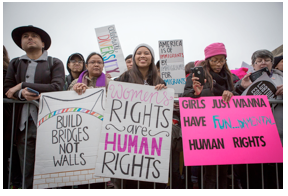 Yesterday was the beginning of a movement where millions of women (and men) rose up to challenge lawmakers in Washington who are trying to take us backward. This movement knows that the arc of the universe is slow, but it bends toward justice -- and it is now our responsibility to continue our work and bend it ourselves.
Yesterday was the beginning of a movement where millions of women (and men) rose up to challenge lawmakers in Washington who are trying to take us backward. This movement knows that the arc of the universe is slow, but it bends toward justice -- and it is now our responsibility to continue our work and bend it ourselves.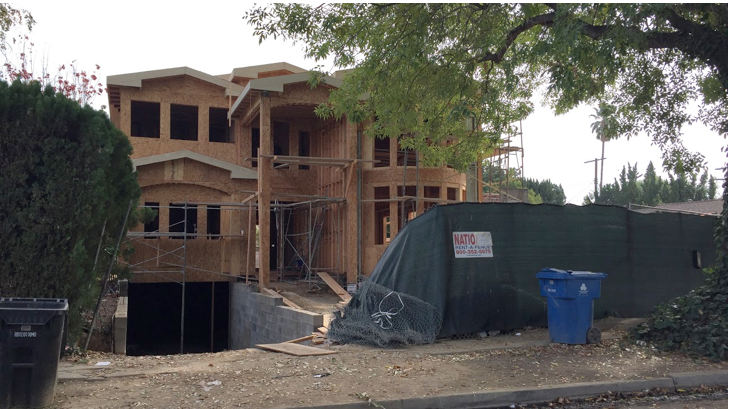

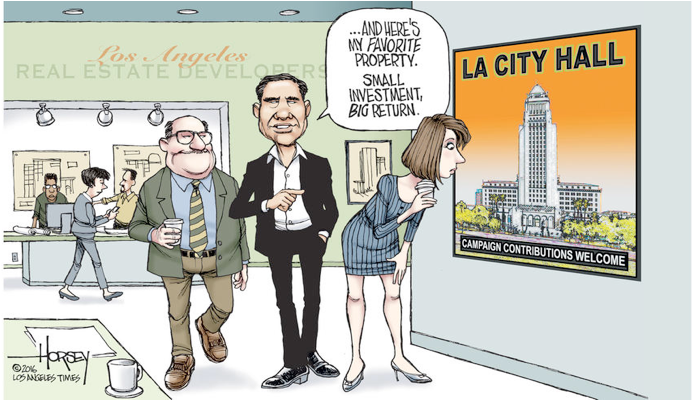
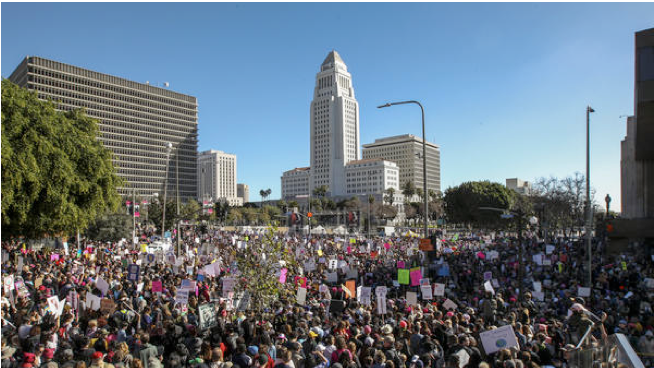
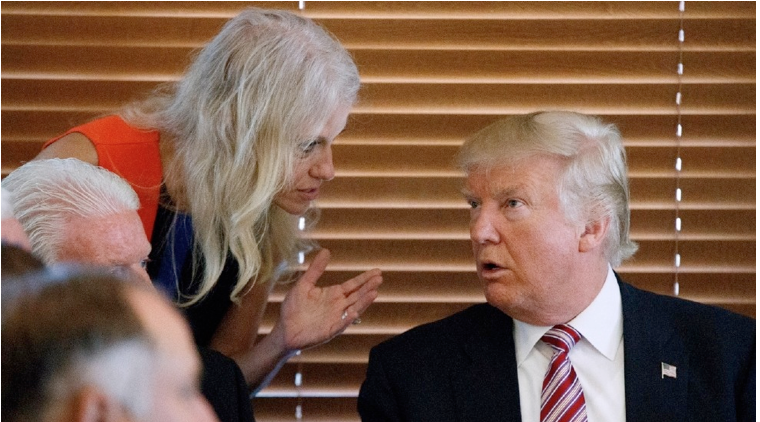


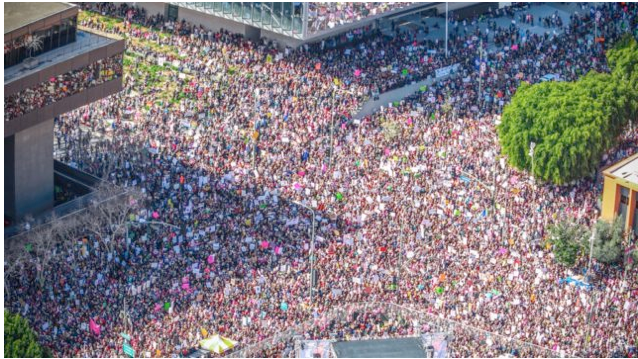
 Helen Reddy’s a capella rendition of her feminist anthem, “I Am Woman,” spoke to those of us who are old enough to remember the seventies. Women, like one in a clip broadcast on the side of a media trailer, never believed they’d be marching again for battles fought decades ago. As I stood near the staging later in the day, I overheard a college student explain to a new friend that she had stumbled into the march– but “I’m also a feminist, you know.” If we’ve become complacent about defending our rights, this election and what’s at stake may serve as a wake-up call for those of us who have been politically active, as well as those who are new to the experience.
Helen Reddy’s a capella rendition of her feminist anthem, “I Am Woman,” spoke to those of us who are old enough to remember the seventies. Women, like one in a clip broadcast on the side of a media trailer, never believed they’d be marching again for battles fought decades ago. As I stood near the staging later in the day, I overheard a college student explain to a new friend that she had stumbled into the march– but “I’m also a feminist, you know.” If we’ve become complacent about defending our rights, this election and what’s at stake may serve as a wake-up call for those of us who have been politically active, as well as those who are new to the experience. 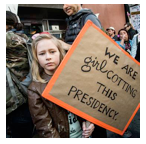 The mission of the Official Women’s March Los Angeles was to “stand together in solidarity for the protection of our rights, our safety, our health, and our families – recognizing that our vibrant and diverse communities are the strength of our country” and in support of “the advocacy and resistance movements that reflect our multiple and intersecting identities.” In many ways, the crowds that gathered downtown represent the diversity that makes our city so special, unified to defend the rights of all.
The mission of the Official Women’s March Los Angeles was to “stand together in solidarity for the protection of our rights, our safety, our health, and our families – recognizing that our vibrant and diverse communities are the strength of our country” and in support of “the advocacy and resistance movements that reflect our multiple and intersecting identities.” In many ways, the crowds that gathered downtown represent the diversity that makes our city so special, unified to defend the rights of all. 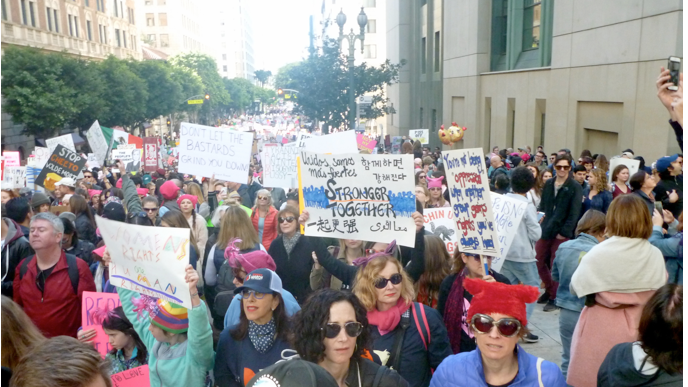

 “If you’re disappointed by your elected officials, grab a clipboard, get some signatures, and run for office yourself.”
“If you’re disappointed by your elected officials, grab a clipboard, get some signatures, and run for office yourself.” 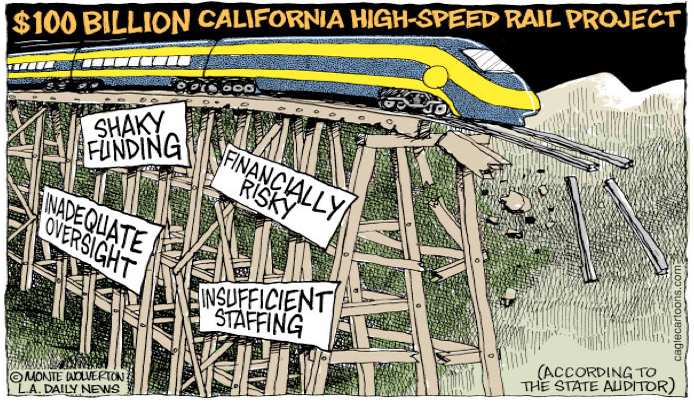
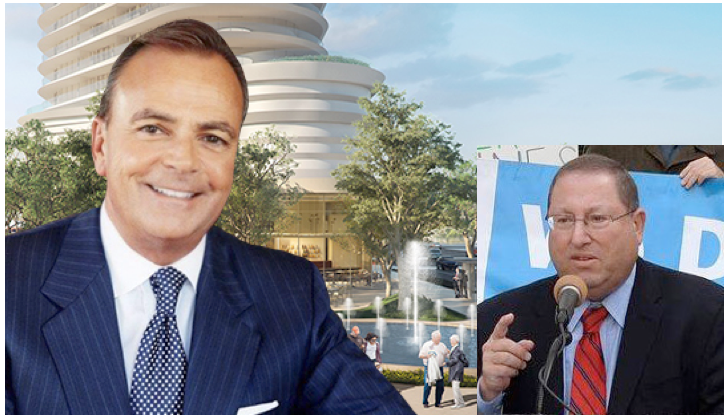
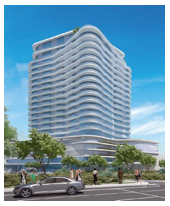 The neighborhood council (Mid City West Community Council) voted 22-6 to support the original 240 foot height of 333 La Cienega, and was touted by themselves and other project supporters as one of the crucial stakeholders able to influence the project. But it, too, was showing signs of disunion, through divergent takes on the value of the 333 project. “The reduction is a disappointment”, said Planning and Land Use chair Ravi Bhatia, who continued “the fund amount is only 1.4 units at MCW market price. City council does not understand the cost or importance of inclusionary zoning. Mom and pops must continue to bear the burden. It’s a land acquisition cost of well over $500,000 for mom and pops. They would still have to pay to build. That is one unit”.
The neighborhood council (Mid City West Community Council) voted 22-6 to support the original 240 foot height of 333 La Cienega, and was touted by themselves and other project supporters as one of the crucial stakeholders able to influence the project. But it, too, was showing signs of disunion, through divergent takes on the value of the 333 project. “The reduction is a disappointment”, said Planning and Land Use chair Ravi Bhatia, who continued “the fund amount is only 1.4 units at MCW market price. City council does not understand the cost or importance of inclusionary zoning. Mom and pops must continue to bear the burden. It’s a land acquisition cost of well over $500,000 for mom and pops. They would still have to pay to build. That is one unit”. 
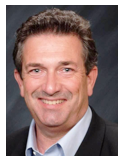 Arnold’s platform includes improved relations between police and citizens to reduce over-policing and use of excessive force. He cites the positive approach of bringing police together with citizens to address issues, promoting programs such as the Institute for Nonviolence in Los Angeles Days of Dialogue program on the Future of Policing, sponsored by Mark Ridley-Thomas’s office.
Arnold’s platform includes improved relations between police and citizens to reduce over-policing and use of excessive force. He cites the positive approach of bringing police together with citizens to address issues, promoting programs such as the Institute for Nonviolence in Los Angeles Days of Dialogue program on the Future of Policing, sponsored by Mark Ridley-Thomas’s office. 
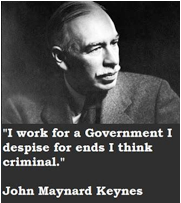 John Maynard Keynes, as well as Adam Smith and Friedrich Hayek, found the need to protect the Price System to be axiomatic – and what honest person wouldn’t? The Price System involves the billions of individual decisions made each day by billions of people about what to buy and what to sell and for how much. Adam Smith referred to this as the Invisible Hand which many people misunderstood to mean God. No, God does not set prices. People set the prices.
John Maynard Keynes, as well as Adam Smith and Friedrich Hayek, found the need to protect the Price System to be axiomatic – and what honest person wouldn’t? The Price System involves the billions of individual decisions made each day by billions of people about what to buy and what to sell and for how much. Adam Smith referred to this as the Invisible Hand which many people misunderstood to mean God. No, God does not set prices. People set the prices. 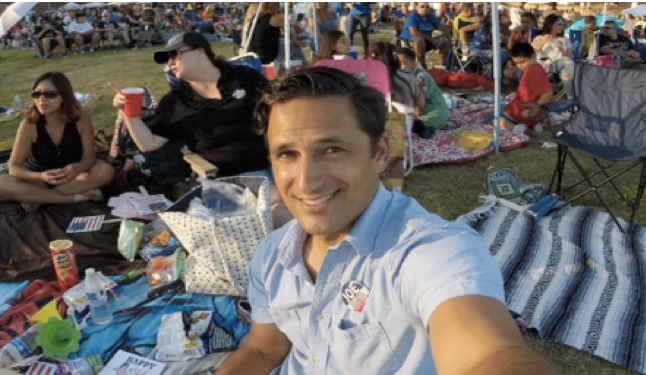
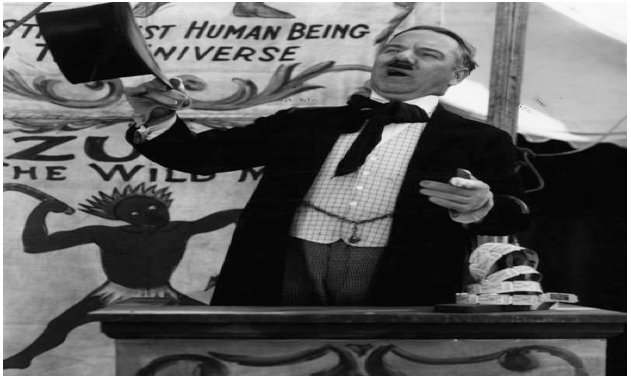
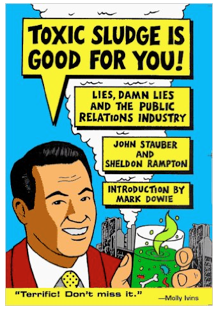 As I previously wrote there are
As I previously wrote there are 